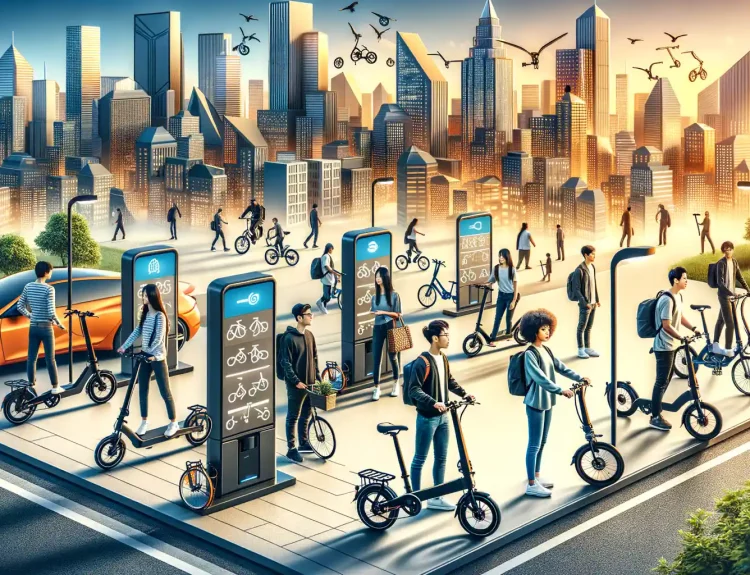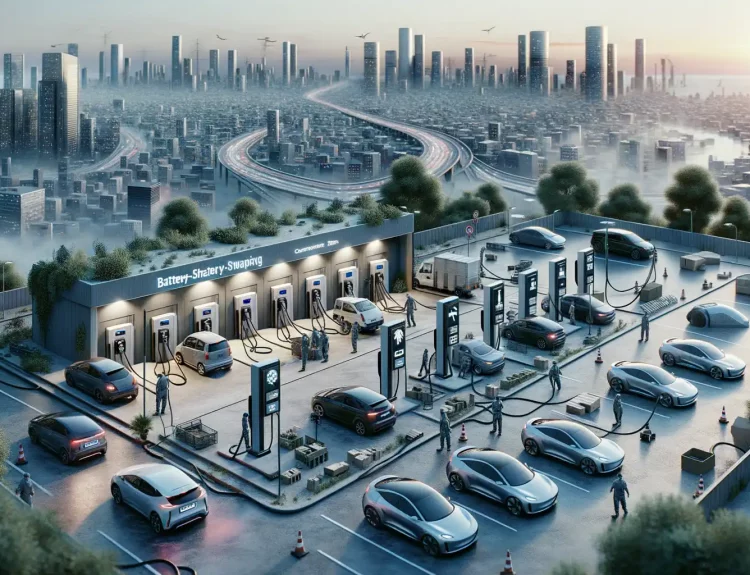Understanding the Role of Data Analytics in Urban Planning
Peering Into the Heartbeat of Urban Life
Imagine a bustling city as a living, breathing organism. Roads are its veins, parks its lungs, and people its lifeblood. Now, what if we told you that with data analytics, urban planners can listen to that heartbeat and know exactly how to improve its rhythm? Instead of guessing where bike lanes belong or hoping traffic lights work well for commuting cyclists, planners now have tools—powerful ones—that reveal the unseen patterns of how cities function.
By tapping into mountains of information (think GPS data, commuter apps, and even weather patterns), urban planners can understand the flow of human activity like never before. For example:
- Where do cyclists pause most often, and why? Is there a tricky intersection causing delays or even accidents?
- What route do people choose when avoiding busy streets? A scenic ride through quieter neighborhoods?
This level of insight transforms cities. It’s not just about making space for more bikes; it’s about crafting an experience where cycling becomes natural, joyful, and downright irresistible. Because let’s face it—better cycling infrastructure isn’t just engineering; it’s designing a better way of life.
Key Data Sources for Cycling Infrastructure Analysis

Where Does the Data for Cycling Infrastructure Come From?
Imagine this: every bike lane, crossing, or shared roadway in your city has a story to tell. Some stories are whispered through sensors embedded in the asphalt; others are shouted by cyclists tracking their commutes on fitness apps. The raw materials for smarter cycling infrastructure are everywhere—you just have to know where to look.
Here are some of the key players contributing to that data narrative:
- GPS tracking apps: Platforms like Strava and Komoot generate millions of data points, revealing where cyclists ride, how fast they go, and which routes they avoid entirely.
- Traffic counters: Those unassuming black tubes you zip over on your bike? They’re silently tallying bikers, cars, and even pedestrians to capture traffic flow dynamics.
- Open data portals: Cities like Amsterdam and Portland publish detailed datasets on existing bike networks, accident hotspots, and even cyclist demographics.
- Crowdsourced feedback: Ever filled out a survey about biking conditions or flagged an unsafe junction on a map? That’s data with a human touch, straight from riders themselves.
Uncommon Sources You Might Not Think About
Sometimes, data hides in plain sight. Picture this: social media heatmaps pinpointing popular tourist spots or weather stations providing real-time temperature and wind patterns. Even retail analysts contribute insights—you’d be amazed what bike-shop purchase trends reveal about local cycling habits!
By weaving together these threads—tech-savvy tools, crowd wisdom, city records—a tapestry of cycling behaviors emerges. And, believe me, this patchwork of knowledge is the secret weapon for designing paths, crossings, and urban grids that truly serve cyclists.
Techniques for Analyzing Cyclist Behavior and Traffic Patterns

Unveiling the Rhythms of Cyclist Journeys
Picture this: a bustling city morning, commuters weaving through streets on bikes like water finding its path. But how do we untangle this intricate flow to design infrastructure that truly meets their needs? That’s where data analytics steps in—a detective, decoding the patterns hidden in the chaos.
By using GPS data and ride-tracking apps like Strava, we can trace the routes cyclists take most often and unveil their preferred shortcuts. Meanwhile, sensors and cameras provide a window into real-time behavior at intersections—a treasure trove for spotting areas where near-misses or delays often occur. Ever wondered how weather impacts cycling? With historical datasets, we can track how rain or sudden heatwaves alter traffic patterns. The magic lies in connecting all these threads to reveal not just numbers but stories.
- Heatmaps: These vibrant visuals spotlight high-traffic zones, showing where bikes paint the streets with movement.
- Time-based analysis: Morning rush? Leisurely Sunday strolls? Break down cyclist activity by time of day to address shifting demands.
Understanding these motions is like listening to the heartbeat of a city—precision-driven, yet profoundly human.
Benefits of Data-Driven Cycling Infrastructure Improvements

Transforming City Streets into Cyclist Havens
Picture this: a city where every turn of the pedal feels safe, intuitive, and empowering. That’s the promise of cycling infrastructure shaped by data-driven insights. By diving deep into numbers, we’re not just painting bike lanes; we’re creating paths that truly fit how people ride.
When cities invest in smarter design using analytics, they open the door to a ripple effect of benefits. For example:
- Safer commutes: Heatmaps of accident hotspots help pinpoint danger zones, making it possible to redesign intersections before tragedy strikes.
- Stronger communities: Every new bike lane tells cyclists, “Your needs matter,” fostering a culture of inclusivity and trust.
And let’s not forget the environmental payoff. Each cyclist swayed away from driving equals one less car adding pollutants to our air. With data in hand, urban planners can nudge this shift quicker and more effectively.
A Better Ride, Backed by Real Insights
Beyond safety, data helps fine-tune the rider experience. Imagine a bike route that minimises uphill climbs because the data showed where riders slowed down the most. Or an app updating you in real-time about traffic congestion on your favorite trail. This is precision urban planning—with cyclists at its heart.
When our streets cater to bikes as seamlessly as cars, they become spaces of freedom, belonging, and sustainability. Let’s build that world, one statistic at a time.
Future Innovations and Trends in Data-Enhanced Urban Mobility

The Dawn of Smart Cities for Cyclists
Imagine a city where cycling feels almost magical—where every pedal stroke is met with smooth paths, synchronized traffic signals, and routes that predict your preferences. That’s not sci-fi; it’s on the horizon, thanks to the marriage of urban mobility and cutting-edge data analytics.
In the near future, cities could integrate real-time cyclist data into the very fabric of their transportation systems. Think about bike lanes that adapt dynamically: during peak commuting hours, certain lanes might widen or even glow to guide you safely home. Or, what if your favorite navigation app suggested quieter streets with fewer potholes based on live sensor data? These innovations are happening faster than you think.
- AI Traffic Flow Algorithms: Artificial intelligence could orchestrate not just cars but bikes, ensuring smoother intersections without you ever needing to stop.
- Connected Smart Bikes: Bicycles equipped with IoT sensors could “talk” to city planners, alerting them to hazardous zones or underused areas.
The Rise of Predictive Mobility Planning
Where data truly shines, though, is in its ability to predict, not just react. Imagine forecasting cycling demand like we do the weather. Planners could use historical patterns combined with seasonality, special events, or weather forecasts to deploy temporary bike lanes where they’re needed most. Ever experienced a crowded bike parking area? Predictive analytics could solve that too, guiding you to free spaces before frustration sets in.
And here’s a thought: personalized route suggestions tailored specifically for YOU. Whether you’re an urban nomad who loves shortcuts or a scenic rider chasing riverside trails, predictive mobility tools will make cycling feel like a custom experience. The future promises more than just roads—it’s about revolutionizing how we move through our shared spaces, one dataset at a time.



